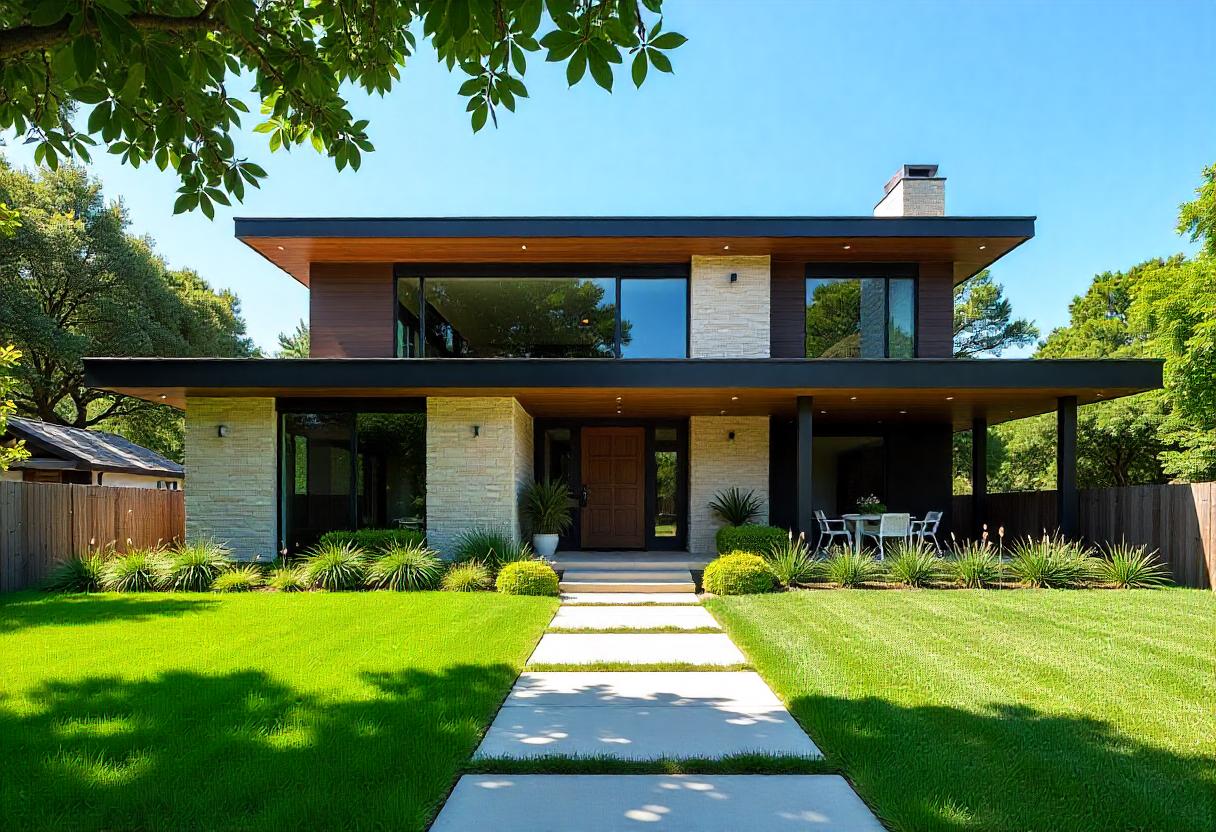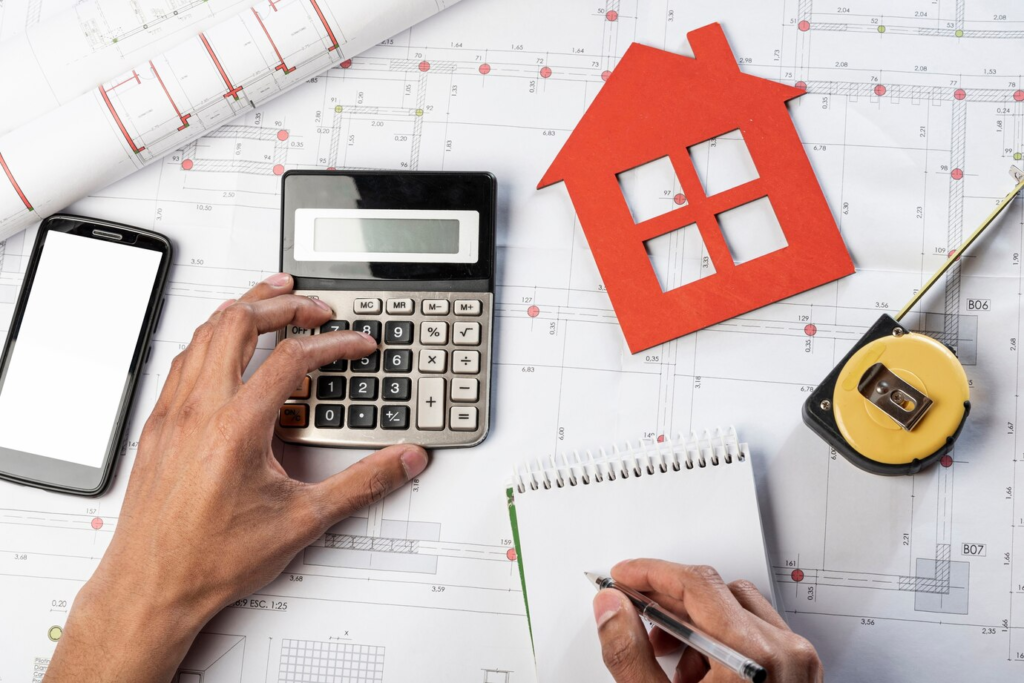

Table of Contents
ToggleYour home’s design directly influences your energy bills. The floor plan, window placement, insulation, and materials are crucial in energy efficiency. A pre-designed house plan can help optimize energy use by incorporating smart layouts and sustainable materials. Whether building from scratch or upgrading an existing home, selecting an energy-efficient floor plan can reduce heating and cooling costs.
Elements like natural lighting, proper ventilation, and insulation ensure minimal energy wastage. A well-planned home layout not only enhances comfort but also lowers electricity expenses. You may build a living area that is both economical and environmentally beneficial by concentrating on sustainable house design.
Let’s explore how different house plans, materials, and design choices impact your utility bills and how you can maximize efficiency while maintaining a comfortable home.
The structure of your home significantly affects heating and cooling efficiency. Open floor plans create large, uninterrupted spaces, making it harder to control indoor temperatures. Without walls to contain heat or cool air, HVAC systems must work harder, leading to higher energy bills. In contrast, closed floor plans provide better insulation by dividing rooms, reducing heat loss in winter, and keeping cool air contained in summer.
When it comes to layout options, choosing between a pre-designed house plan and a custom design is essential. Pre-designed house plans are typically optimized for general efficiency but may not be ideal for every climate. On the other hand, allows for modifications such as improved insulation, passive solar heating, and climate-specific adaptations. Selecting the right house plan tailored to your region’s weather conditions can significantly lower utility expenses while enhancing energy efficiency.
Windows play a vital role in natural lighting and ventilation, but their positioning can determine whether your home conserves or wastes energy. South-facing windows are ideal for maximizing sunlight in winter, naturally warming interiors, and reducing heating costs. North-facing windows provide soft, indirect light without excessive heat, making them energy-efficient all year round. However, east- and west-facing windows can cause heat gain, leading to increased cooling costs during the summer.
The type of window materials also affects energy efficiency. Double or triple-glazed windows improve insulation, minimizing heat loss in colder months. Low-E coatings reflect heat, keeping interiors cooler in summer and warmer in winter.
Additionally, window treatments such as blinds and shades help regulate indoor temperatures, reducing reliance on air conditioning and heating systems. Strategic window placement combined with energy-efficient materials can maintain a comfortable home environment while keeping utility bills low.
The materials used in home construction play a crucial role in determining energy efficiency. Proper insulation is one of the most effective ways to reduce heat transfer and minimize energy consumption. Fiberglass insulation is a budget-friendly option that provides excellent thermal resistance, while spray foam insulation seals air leaks, enhancing overall efficiency. In hotter regions, reflective insulation prevents excessive heat absorption, keeping interiors cool and reducing the need for air conditioning.
Beyond insulation, energy-efficient building materials contribute to temperature regulation and lower utility costs. Concrete and brick offer high thermal mass, which helps maintain stable indoor temperatures by absorbing and slowly releasing heat. Cool roofing materials, such as reflective shingles or metal roofs, deflect sunlight and reduce heat buildup, making them ideal for warm climates.
For an eco-friendly approach, sustainable wood and bamboo provide natural insulation while reducing environmental impact. Homeowners who choose a stock house plan designed with energy-efficient materials can benefit from a cost-effective and sustainable living space.
Implementing passive solar design is a smart way to utilize natural energy for heating and cooling. Thermal mass floors absorb and store heat, gradually releasing it to maintain comfortable indoor temperatures. Features like overhangs and awnings prevent overheating in summer while allowing sunlight to warm the home in winter. Additionally, cross-ventilation strategies leverage wind flow to cool interiors without relying on air conditioning.
For a modern, energy-efficient home, smart home architecture offers numerous benefits. Installing solar panels provides a renewable energy source, reducing reliance on the power grid. Energy-efficient HVAC systems optimize heating and cooling while consuming less power. Smart technologies like LED lighting and programmable thermostats further decrease electricity consumption.

The design of your roof plays a crucial role in energy efficiency, affecting how much heat your home absorbs or reflects. Light-colored or reflective roofing materials are excellent for reducing cooling costs as they reflect sunlight rather than absorb it. This keeps indoor temperatures lower, reducing the need for excessive air conditioning. In contrast, dark-colored roofs absorb more heat, which may be beneficial in colder climates but can significantly increase cooling expenses in warm regions.
The shape of your roof also impacts energy consumption. Sloped roofs help prevent heat buildup by improving ventilation, allowing hot air to escape efficiently. This design reduces strain on air conditioning systems and enhances indoor comfort. Additionally, green roofs covered with vegetation provide natural insulation, lowering indoor temperatures while improving air quality.
The layout and structure of a home directly influence heating and cooling costs. Larger homes with open floor plans often require more energy to maintain comfortable temperatures, while compact designs can be easier to heat and cool efficiently. Multi-story homes experience temperature variations, with upper floors typically being warmer than lower levels. Proper insulation and zoned HVAC systems can help manage these differences.
Homes with a square or compact design minimize energy loss by reducing exposed surface areas, making them naturally more energy-efficient. On the other hand, high ceilings can cause heat to rise, leading to increased heating costs in winter unless proper air circulation is maintained. Choosing the right house plan with an energy-efficient layout, well-placed insulation, and climate-specific features can significantly lower utility bills while maintaining indoor comfort.
Selecting the best house plan requires careful consideration of energy efficiency factors. A climate-appropriate design is essential; homes in colder regions should prioritize high-quality insulation and thermal mass materials, while houses in warmer climates benefit from reflective roofing and cross-ventilation to reduce heat buildup. The window-to-wall ratio also plays a role in energy conservation; too many windows can lead to excessive heat gain in summer or heat loss in winter.
Additionally, proper room orientation maximizes natural light and warmth, reducing heating needs. Incorporating renewable energy sources, such as solar panels and energy-efficient appliances, further lowers utility costs. Whether opting for a stock house plan or a customized layout, prioritizing energy-efficient features will ensure long-term savings and a more sustainable home.
Your home’s design is a powerful factor in energy efficiency and long-term savings. Thoughtful choices, such as selecting the right floor plan, strategic window placement, and using energy-efficient materials, can drastically reduce heating and cooling costs. A well-insulated home with a climate-appropriate layout ensures comfort while minimizing energy waste.
Additionally, integrating renewable energy solutions, like solar panels and smart appliances, enhances sustainability. Whether building a new home or upgrading an existing one, prioritizing energy efficiency not only lowers utility bills but also reduces environmental impact, creating a greener, more cost-effective living space.